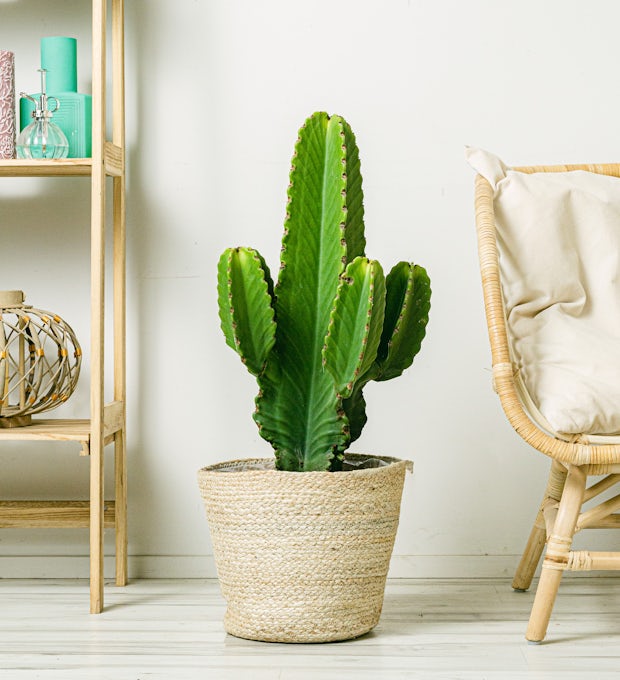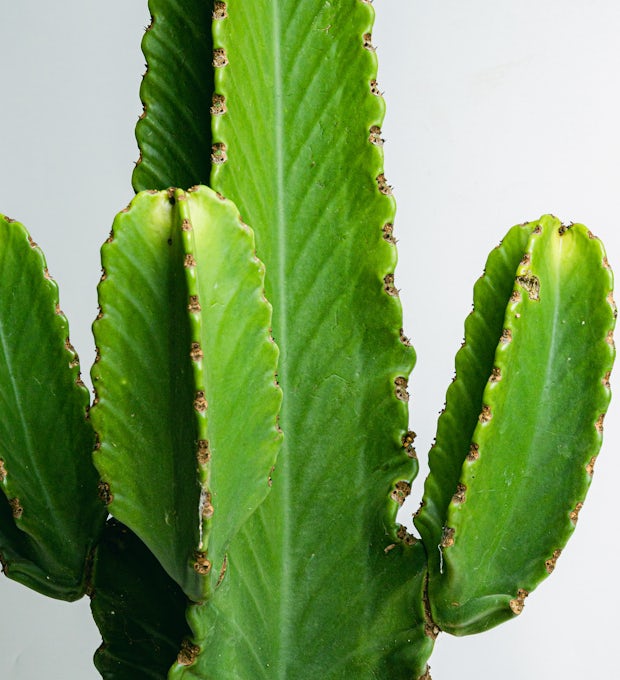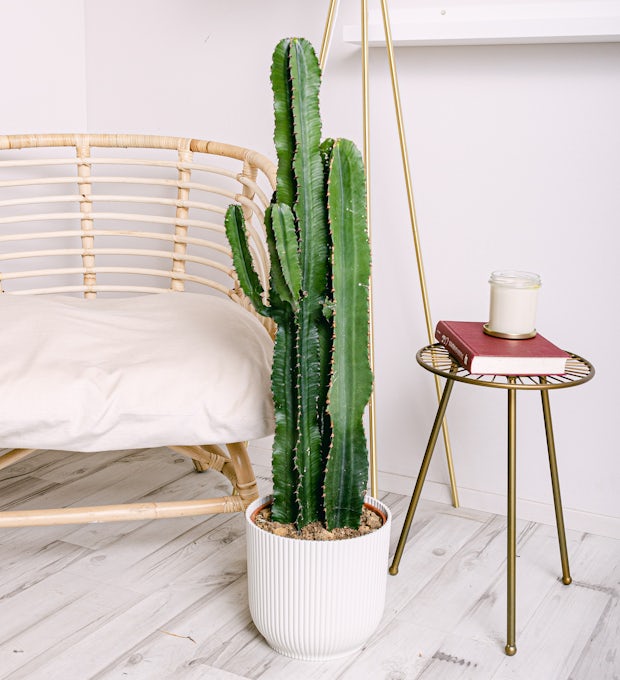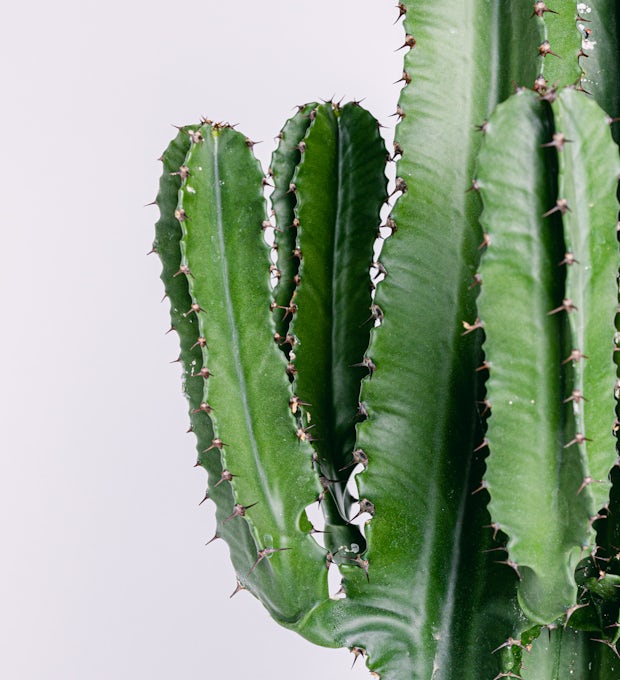Do you know which is the ideal substrate for your houseplants? Find out here! If you're a plant lover and want them to grow happy and healthy, substrate is something you can't ignore. But don't worry, don't worry if you don't know what it is or why it's important. In this article, we'll explain it to you in a simple way and give you practical tips for choosing and caring for the perfect substrate. So get ready to delve into the fascinating world of houseplants and find out everything you need to know to keep them radiant. Start!
What is substrate and why is it important for houseplants?
Substrate is the material used to grow houseplants. It can be a mixture of soil, sand, peat moss, and other components that provide the nutrients needed for healthy plant growth. Why is it important? Well, think of it this way: if you want your houseplants to be happy and radiant, they need a proper home, right? The substrate is that home. It's like the comfy mattress we rest on at night, but for our beloved little plants. It provides the necessary physical support for the roots, allowing them to absorb water and essential nutrients. In addition, the right substrate also helps to retain moisture and allows for good drainage of excess water. So, in short, the substrate is essential for the well-being of our houseplants. Without it, they might struggle to grow and develop properly. That's why it's important to choose the right substrate according to the specific needs of each plant.
Substrate Types: Find Out Which One Suits Your Plants Best
When it comes to caring for our houseplants, choosing the right type of substrate is essential for their healthy growth and development. There are different types of substrates available on the market, and each is best suited to the specific needs of plants. One of the most common types is universal substrate, which is versatile and can be used for a wide variety of plants. There is also the substrate for cacti and succulents, which has a special composition to retain less water and prevent waterlogging of these plants. If you have tropical plants, such as Monstera or Calathea, you can opt for a tropical plant substrate that retains moisture and provides the necessary nutrients. On the other hand, if you have acidophilic plants such as azaleas or rhododendrons, it is advisable to use an acidic substrate that has a low pH. In addition to these mentioned types, there are also specific substrates for orchids, ferns and other plant varieties. When choosing the right substrate, it's important to consider each plant's individual needs, such as its water and nutrient requirements. This way, you'll be able to provide them with an ideal environment for their growth and ensure that they stay healthy and bloom beautifully. Don't get lost in the choice of substrate, find out which one is best suited to your plants and give them the care they deserve!
We ship plants to all locations, you can see more options here.
The Benefits of Using the Right Substrate
Using the right substrate for our indoor plants brings with it a number of benefits that we cannot overlook. First of all, this special type of soil provides the nutrients needed for healthy plant growth, resulting in lush foliage and vibrant flowers. In addition, by using a specific substrate for each type of plant, we ensure that they receive the right amount of water and oxygen, avoiding problems such as waterlogging or lack of watering.
Another important benefit is that the right substrate helps prevent diseases and pests in our plants. By providing a favorable environment for root development, the plants' immune system is strengthened and the risk of infections is reduced. Also, this type of soil favors moisture retention, which helps to keep the plant hydrated for longer, especially in periods of drought or when we are absent for a few days.
In addition, using the right substrate allows us to optimize resources and avoid waste. By having a nutrient-rich soil, plants make the most of the fertilizers and fertilizers we provide them, thus avoiding excess or lack of nutrients. This translates into economic savings and greater efficiency in the care of our plants.
In short, using the right substrate for our houseplants provides us with multiple benefits: from healthy and vibrant growth to the prevention of diseases and pests. Don't underestimate the importance of substrate and make sure you choose the right one for your favorite plants. Your indoor garden will thank you!
We ship plants to all locations, you can see more options here.
Popular Houseplants and Their Substrate Needs
If you are a lover of houseplants, you have probably wondered what is the ideal substrate for your little green companions. Each plant has its own needs and preferences when it comes to substrate. Some of the most popular houseplants, such as ferns, succulents, and ficus, have specific requirements for the type of substrate that provides them with healthy growth. For example, ferns prefer a substrate that is rich in organic matter and well-draining, while succulents need a sandy substrate that allows for rapid water drainage. Ficus, on the other hand, are comfortable in a well-drained substrate but with the ability to retain moisture. It's important to research the specific needs of each plant before choosing the right substrate. This will ensure that your plants grow happy and healthy in the indoor environment of your home. Remember that providing the right substrate for your plants not only gives them the nutrients they need to grow, but also allows them to develop strong, healthy roots. So don't skimp on your choice of substrate! Your plants will thank you with lush leaves and radiant flowers.
Tips for choosing and preparing the perfect substrate
If you're a houseplant lover, you've probably wondered how to choose and prepare the perfect substrate for them. Here are some tips to help you with this task. First of all, it is important to know the specific needs of each plant. Some prefer a sandier substrate, while others require a more nutrient-dense one. Research the plants you have or plan to have and find out what type of substrate suits them best. Also, consider drainage. A good substrate should allow water to flow easily to prevent moisture build-up and prevent root disease. Another recommendation is to use organic substrates, such as peat moss or compost, as they provide natural nutrients and promote healthy plant growth. Also remember to sterilize the substrate before use to eliminate possible pests and diseases. You can do this by heating it in the oven at a low temperature for a few minutes. Finally, don't forget to consider the size of the container where you're going to place your plants. A container that is too large can hold too much moisture, while one that is too small can limit root growth. Follow these tips and you'll be well on your way to having a perfect substrate for your houseplants, which will result in lush, healthy growth.
How to care for and Maintain Substrate for Healthy Plant Growth
To ensure healthy growth of your houseplants, it is essential to care for and maintain the substrate properly. One of the main things you need to do is water your plants properly. Don't overdo it or fall short with watering, as both ends can be detrimental to the roots. Make sure the substrate is always damp but not soggy. In addition, it is important to avoid waterlogging, as this can lead to root rot.
Another key aspect is to provide your plants with the necessary nutrients. You can do this by applying fertilizers appropriate to the type of plant and substrate you are using. Follow the manufacturer's instructions and don't overdo the amount of fertilizer, as this could damage the roots.
In addition, it is advisable to regularly remove the top layer of the substrate to prevent the accumulation of salts and minerals, which can hinder the absorption of nutrients by the plants. You can also add compost or organic matter to the substrate to enrich it and improve its structure.
Finally, pay attention to the environmental conditions your plants are in. Avoid exposing them to hot or cold drafts, as well as sudden changes in temperature. Also, make sure they get the right amount of light based on their specific needs.
By following these tips you will be able to care for and maintain the substrate for a healthy growth of your indoor plants, thus enjoying its beauty and benefits in your home.
Common Substrate Choice Mistakes and How to Avoid Them
When choosing the substrate for our houseplants, it is common to make some mistakes that can affect their growth and development. One of the most frequent mistakes is to use a substrate that is inappropriate for the type of plant we have. Each species has specific needs, so it's important to do your research and choose the substrate that best suits them. Another common mistake is not taking into account the water retention of the substrate. Some plants require a drier substrate, while others need a more humid one. It is crucial to know the watering needs of our plants and select a suitable substrate. Another common mistake is not renewing the substrate periodically. Over time, the substrate wears down and loses nutrients, which can affect the health of our plants. It is advisable to replace the substrate every one to two years to ensure healthy growth. Finally, many people forget the importance of substrate aeration. A compacted substrate can make it difficult for the roots to absorb water and nutrients. To avoid this mistake, it is necessary to make sure that the substrate is well aerated before using it. In summary, when choosing the right substrate for our houseplants, we must take into account the type of plant, water retention, periodic renewal and aeration of the substrate. Avoiding these mistakes will help us keep our plants healthy and happy in their pots.
So now you know the importance of choosing the right substrate for your houseplants. Not only does it provide the nutrients and structure needed for healthy growth, but it also helps prevent disease and promotes water retention. Remember to research the specific needs of your favorite plants and choose the type of substrate that best suits them. Prepare it properly and keep it cared for to ensure an optimal environment for growth. Avoid common soil mistakes and enjoy watching your plants bloom and thrive. And here's a final question to ponder: what other creative ways can you find to nurture and care for your houseplants? Explore, experiment and have fun with your indoor garden!







